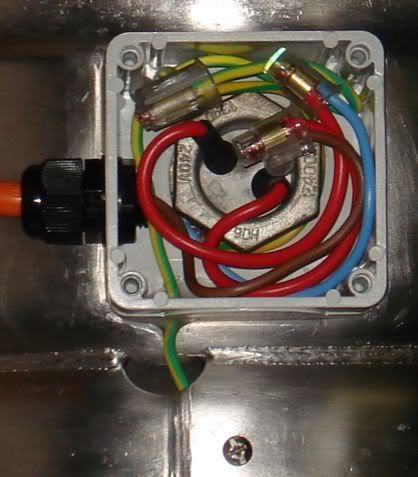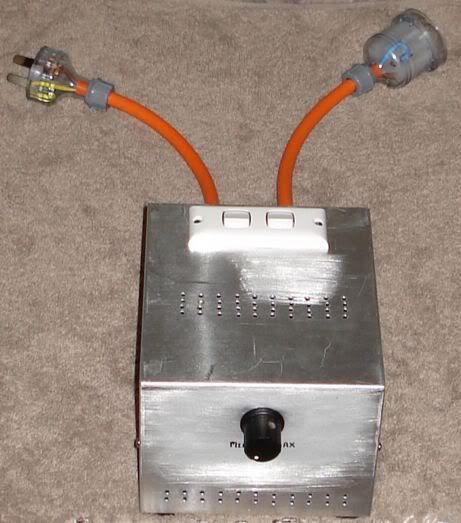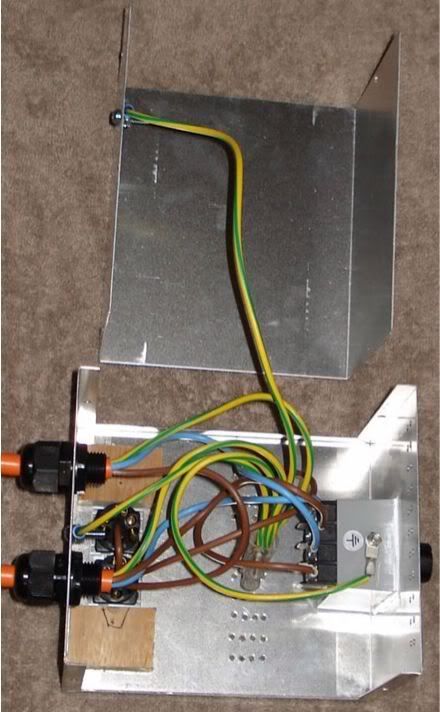Electric heater questions
Posted: Wed Oct 17, 2007 8:32 am
Howdy all!
I've read of instances where guys will use 240volt rated heating elements with a 120volt supply to heat their stills. Is there some advantage to doing this instead of using 120v rated elements with 120v supplies?
Also, does anyone have a good technique or nice pix of properly installing an electric heating system to a keg? I've seen some examples, but most look like fire traps. I've got the drilling and welding on a half connector business down pat. I'm looking for a slick example that encloses the switches, element connectors, rheostats, wiring, etc, inside a square aluminum electrical box attached somehow to the keg - to minimize any exposed electrical connections.
Thanks!
I've read of instances where guys will use 240volt rated heating elements with a 120volt supply to heat their stills. Is there some advantage to doing this instead of using 120v rated elements with 120v supplies?
Also, does anyone have a good technique or nice pix of properly installing an electric heating system to a keg? I've seen some examples, but most look like fire traps. I've got the drilling and welding on a half connector business down pat. I'm looking for a slick example that encloses the switches, element connectors, rheostats, wiring, etc, inside a square aluminum electrical box attached somehow to the keg - to minimize any exposed electrical connections.
Thanks!


